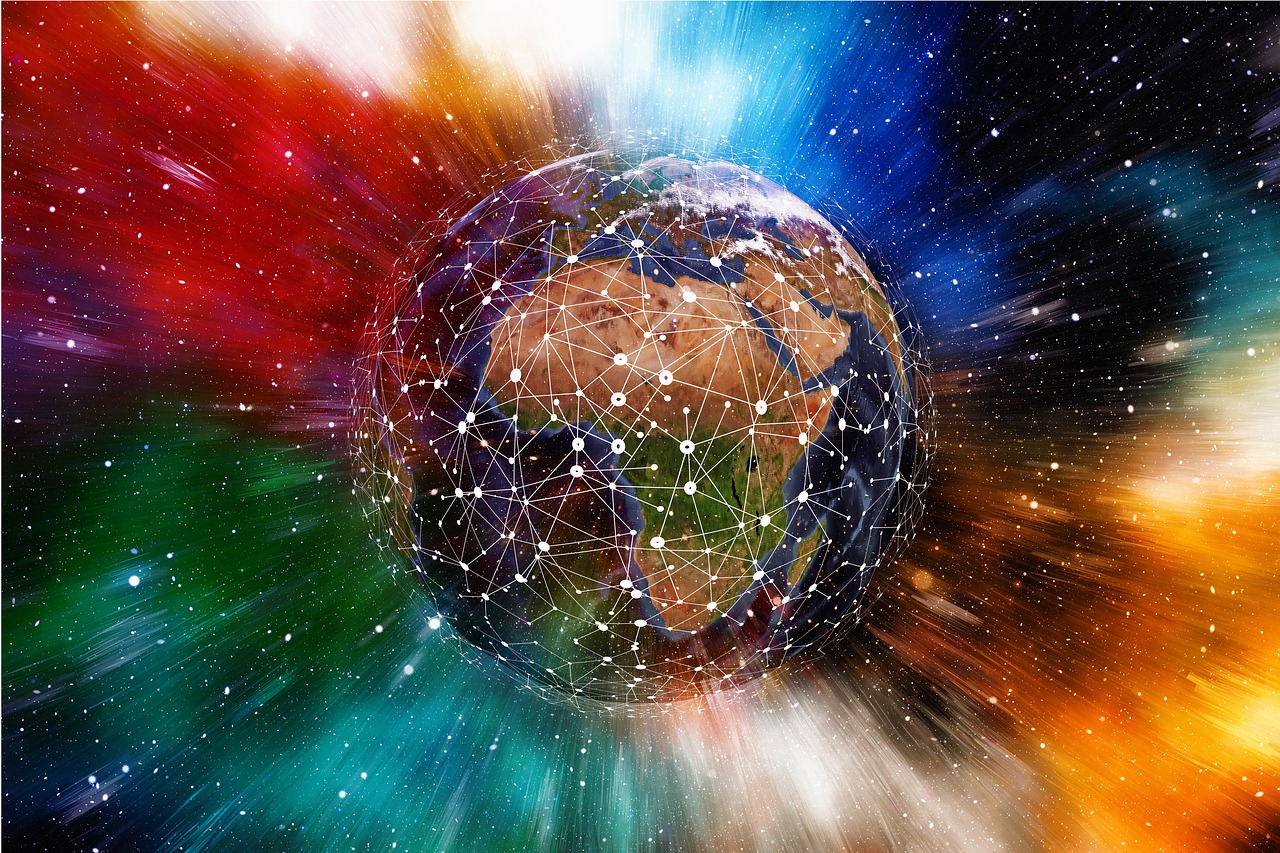Almost all research firms have recognised blockchain as a rapidly accelerated progression in technology, and it isn’t only about financial services companies. According to some analysts, the Blockchain is even more significant than the Internet itself.
So far, there is a widespread belief across the world that Blockchain is just the technology that underpins Bitcoin. True, but the blockchain is much more than that, and its uses extend well beyond powering all cryptocurrencies.
Indeed, since about 2014, this one-of-a-kind Distributed Ledger Technology has been attracting huge attention in sectors other than its cryptocurrency roots: blockchain and security, blockchain and finance, or blockchain and logistics are just a few of many unexplored applications.
Blockchain and the Internet of Things have announced a partnership
One of the recent relationships that has gained traction is how the blockchain may (and most likely will) boost the developing Internet of Things technologies.
Actually, the convergence of blockchain with the Internet of Things is on many firms’ agendas, and there are already implementations, solutions, and projects in a variety of industries, including IoT and financial services.
According to an i-scoop article, Internet of Things apps are by definition distributed, therefore it’s only natural that blockchain, a distributed ledger technology, would play a part in how gadgets connect directly with one another.
Furthermore, Blockchain is intended to serve as a foundation for apps involving transactions and interactions. Smart contracts and other smart apps that support certain Internet of Things processes are examples of this.
Smart contracts will allow IoT devices to communicate with one another.
As a result, blockchain technology may increase not just IoT compliance, but also IoT features and cost-efficiency.
IBM Blockchain is in charge of this already-named collaboration. Although it is still in its early stages, several IT behemoths have begun to investigate how blockchain may assist IoT and, of course, the other way around.
The convergence of AI, IoT, and blockchain across sectors and in a plethora of conceivable IoT applications will be the most intriguing for IBM Blockchain.
“With blockchain, we are essentially contributing to the evolving digital infrastructure that enables so many evolutions and touches so many sectors, from analytics to security, in an environment that has hitherto been centralised,” said IBM.
The organisation summarises three important advantages of adopting blockchain for IoT.
Increase trust between parties and devices while lowering the danger of collusion and tempering.
Cut costs by eliminating the overhead associated with middlemen and intermediates.
The Internet of Things’ rescuer
Despite the fact that there are numerous hurdles to overcome in this special connection, particularly in terms of technology and future legal concerns in international matters, many experts consider Blockchain as the IoT rescuer.
In truth, Blockchain technology is capable of resolving many of these issues because it has already been tried in other industries.
Blockchain technology has the potential to provide a simple infrastructure for two devices to directly transfer a piece of property, such as money or data, to one another via a safe and trustworthy time-stamped contractual handshake. IoT devices will use smart contracts to facilitate message exchanges, which will then model the agreement between the two parties.
This feature enables smart devices to act autonomously without the need for centralised authority. When this peer-to-peer transaction is extended to human-to-human or human-to-objects/platforms transactions, you have a fully distributed trustworthy digital infrastructure.
Despite the fact that many of these potential applications are still in the early stages of development. There are already some ideas for businesses to begin with. Just a few years ago, the Internet of Things seemed a futuristic technology. They are already discussing how secure, recorded, and monitored communication between things may be.


















